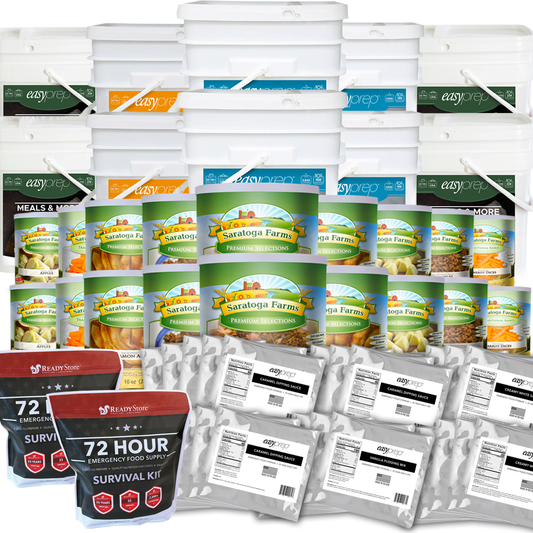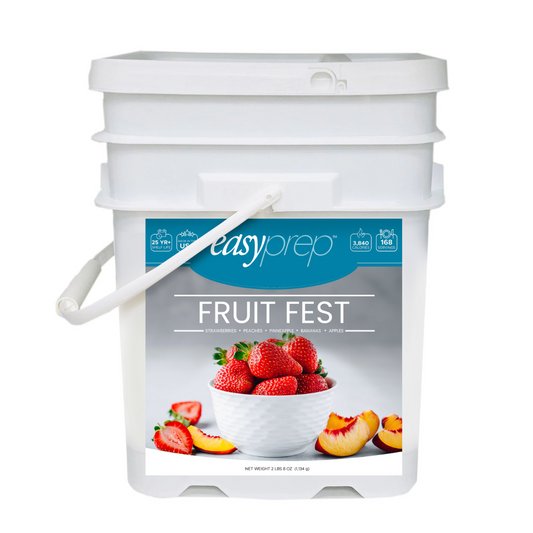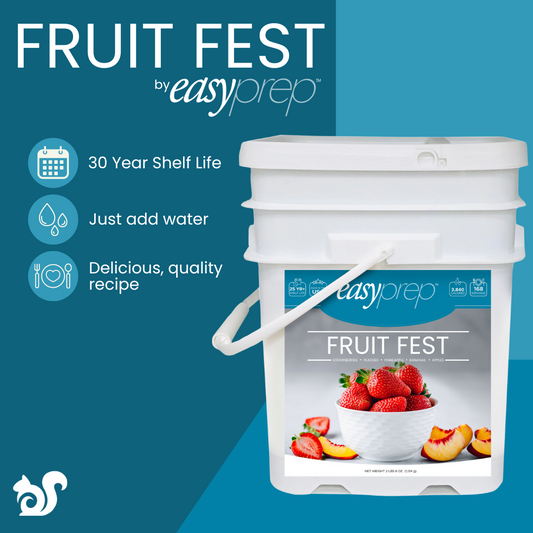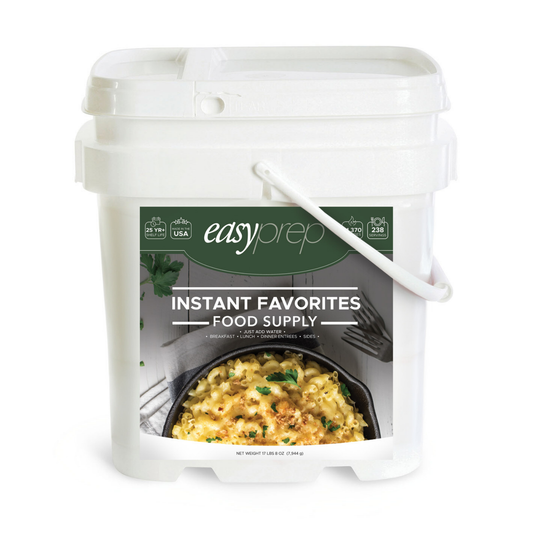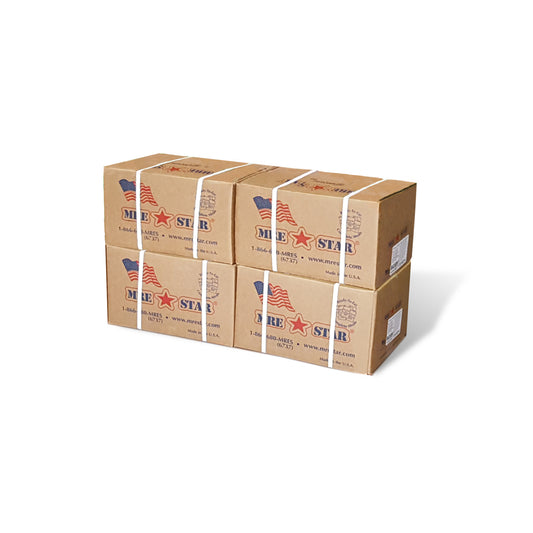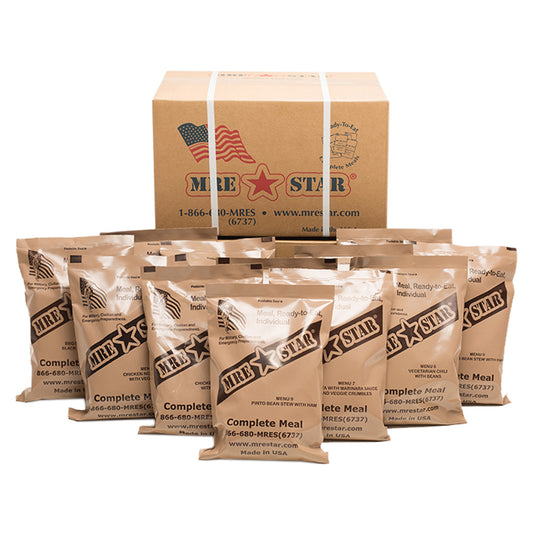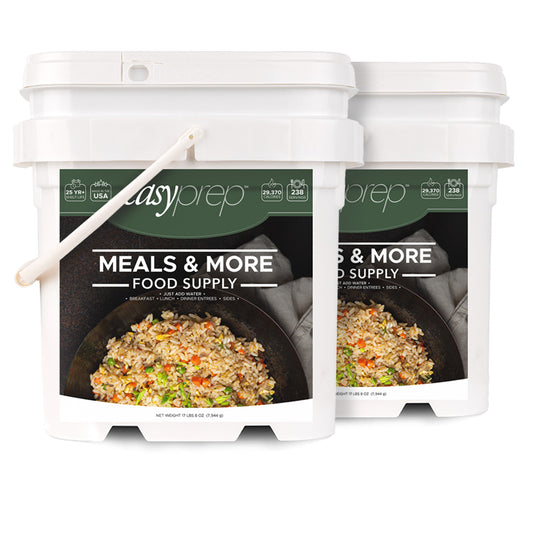Tips and Tricks for Dehydrating Your Food
18 Apr 2012
Dehydrating can be a very fun activity and save you space and money! While dehydrating isn’t an exact science, there are a few tips and tricks that you can use to dehydrate your food in the best way possible.
Take a look at our list and add your tips too! Comment below to tell us your tips and tricks!
General
- Dehydrating foods can result in a loss of some nutrients, although the foods will still be nutritious. Vitamin C is most commonly destroyed by heat.
- The fiber content of fruits usually remains the same after dehydration. Take this into consideration when choosing what to preserve.
- Humid air can slow down the dehydration process.
- Dehydrated fruits and vegetables are lower in fat than regular produce. However, their calories are higher per serving because of their density. For example, you would receive the same amount of calories from 1 cup of fresh apples and ½ cup of dehydrated apples.
-
 When dehydrating food, you should always start with fresh, good quality food. Bruised and old foods don’t tend to yield good results.
When dehydrating food, you should always start with fresh, good quality food. Bruised and old foods don’t tend to yield good results. - You can dip your apples in a bath of lemon juice and cold water. This will keep the apples from discoloring when dehydrating. You can also dip fruits in orange or pineapple juice.
- Although it’s not necessary every time, blanching or dipping your food before dehydration can prevent against bacteria.
- Try and slice all of your foods to the same size. This will help all the food dehydrate at the same rate.
- Cook potatoes before dehydrating. If not, they will turn black in the dehydrator. You can also put potatoes in the fridge the night before dehydration to make it easier to peel, cut or shred them.
- Steam low-acid foods before you dehydrate them. These include things like beets, corn, peas, beans, broccoli, pumpkins, etc.
- You can ask your butcher to slice your beef for dehydration. They will usually cut it to ¼-inch thick.
- Try to dehydrate the food as quickly as possible. The higher the temperature the better. However, if you make the temperature too high, the food will become hard on the outside and soft on the inside. Be aware of the temperature at which you are dehydrating and be sure to follow the manufacturer’s guidelines.
- Many fruits and can be pureed or blended beforehand to be made into fruit strips or rolls. Instead of adding sugar to the mix, add honey or corn syrup.
- Be sure to cool all the food before you store it.

- Store the dehydrated food in airtight containers or plastic bags to keep out moisture.
- It’s recommended that you freeze your dehydrated meat. Many times, dehydrated meats can still go rancid.
- You can dehydrate tomato sauce from a jar! It will look similiar to a fruit roll-up. They can then be easily rehydrated with water! It’s a great way to bring sauces on camping trips without having to pack in heavy, bulky jars!
| Dehydration Cheat Sheet | |
| Dehydrated Beef | Dehydrated Herbs |
|
|
| Dehydrated Fruits | Dehydrated Vegetables |
|
|
You can also print this cheatsheet off to keep with your dehydrator. Click here. (PDF)
So, what tips and tricks do you have? Comment below!

